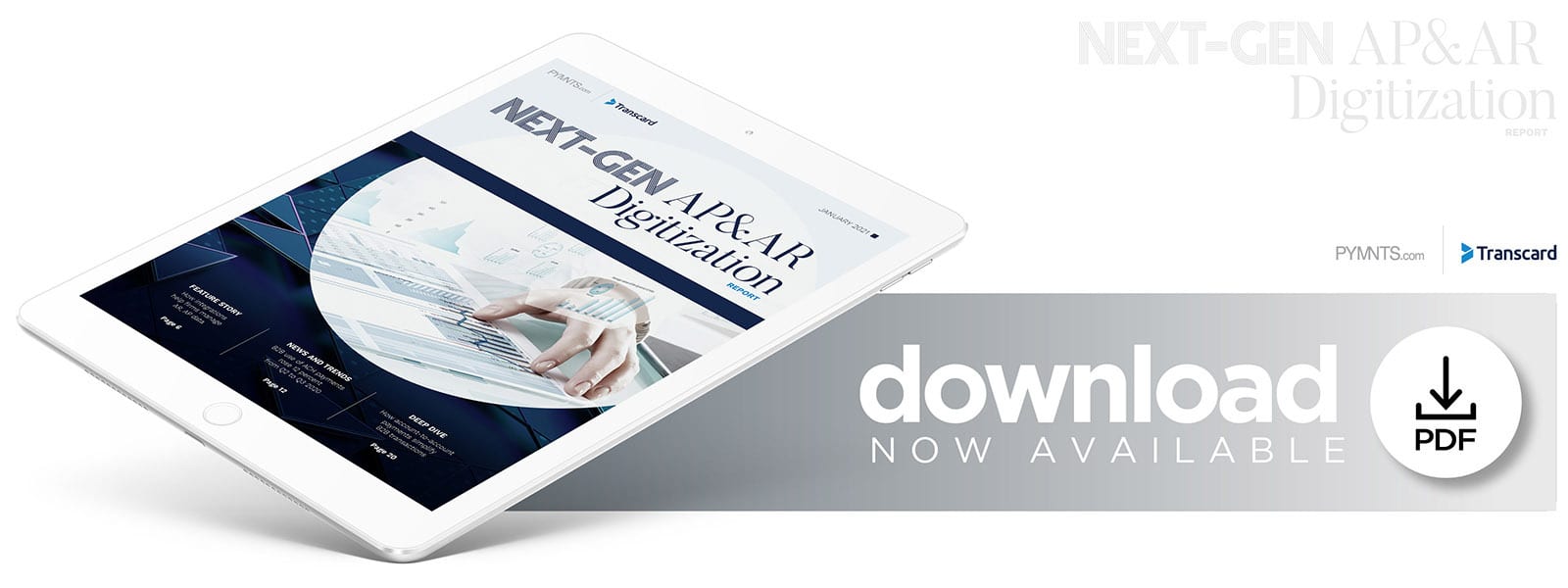How Integrations Help Firms Manage AR, AP Data

Businesses can struggle to quickly reconcile payments when their employees have to juggle multiple software platforms, says Jason Hagan, director of treasury services product strategy at First National Bank of Omaha. In the Next-Gen AP/AR Digitization Report, Hagan explains how integrations help companies swiftly consolidate payments data on the back end.
Smooth accounts payable and receivable processes depend on the ability to easily access, manage and interpret payments data, but complex workflows and old-school tools can get in the way. Businesses receiving payments need to be able to match funds to the associated invoices or risk annoying clients with follow-up requests for money that has already been delivered. Challenges like these are prompting businesses to look for accounts receivable (AR) and accounts payable (AP) solutions that can help them more easily accept and process payments data, particularly those that are simple to adopt and use with their back-end systems, explained Jason Hagan, director of treasury services product strategy for First National Bank of Omaha (FNBO).
The pandemic has added heat to this fire, driving many firms harder to find quick-to-adopt options for digitizing their AR operations. In a recent interview with PYMNTS, Hagan discussed how businesses are integrating their back-end systems with bank platforms to bring greater efficiency to their processes.
Reconciliation Challenges
Slow reconciliation processes can result in extra costs and headaches, for example, by tying up staff schedules with tasks that could be managed by automation instead, Hagan said. Many firms still have AR systems that require employees to juggle different software platforms and conduct procedures manually.
“Oftentimes, you would be surprised at the number of customers that use swivel-chair integration to download the data from a bank into a spreadsheet and then use that spreadsheet to close out the open receivable,” he said. “As we move toward better and more tools … that process can be automated using newer technologies.”
Modern automation and integrations can make it unnecessary to swap between many different applications. Technologies like optical character recognition (OCR), artificial intelligence (AI) and machine learning (ML) can help firms capture and extract data from invoices, freeing up staff to work on other tasks essential to helping the firms get paid more promptly.
Many firms that automated routine AR tasks did not let go of the staff who used perform that work, Hagan said. Instead, many were reassigned to tackle more nuanced responsibilities, such as managing relationships with business partners that tend to be slow to pay. Firms may also take advantage of digital upgrades that enable them to better analyze AR data for useful insights, such as identifying clients that are likely to be receptive to prompts to pay early.
Call For Integrations
Businesses that want to get these kinds of AR and AP updates and streamline their reconciliation processes may turn to banking partners for help. Financial institutions’ (FIs) platforms can pair remittance details with payments on clients’ behalf or reformat and consolidate payments data in ways that make the information easier for clients’ systems to process, for example. Businesses need to be able to easily take advantage of these offerings, and the ability to integrate their back-end systems with the banks’ payment platforms via application programming interfaces (APIs) can be key to getting these new workflows up and running fast.
“[Such an integration] completely reduces the overhead a customer has to move between an existing process and a new, more efficient process,” Hagan said.
Small- to mid-sized businesses (SMBs) have fewer resources to use on customizations and are especially likely to want to integrate with ready-to-go turnkey platforms that can be implemented right away. Hagan said FNBO is also keeping this in mind as it looks to later go live on The Clearing House’s Real-Time Payments (RTP®) network, which it expects will further ease customers’ remittances challenges by delivering funds that are accompanied by rich payments data formatted in a standardized way.
“That structure of data and the improvement along with the cash application itself is huge,” Hagan said. “Fundamentally, [RTP] allows customers to be active in how they manage their cash conversion cycle.”
FNBO intends to feature RTP on a platform with which its clients can integrate, making it simple for those businesses to accept the transaction data and flow it into their back-end systems. That information is then easy to process for generating insights and informing cash management decisions.
Businesses are experiencing growing pressure to handle AR processes swiftly and easily, and difficulty in reconciling data can present a major hurdle. Powerful AR platforms and technologies are available to help, however, and clients can expect quick, easy implementation experiences that can enhance existing back-end systems.
